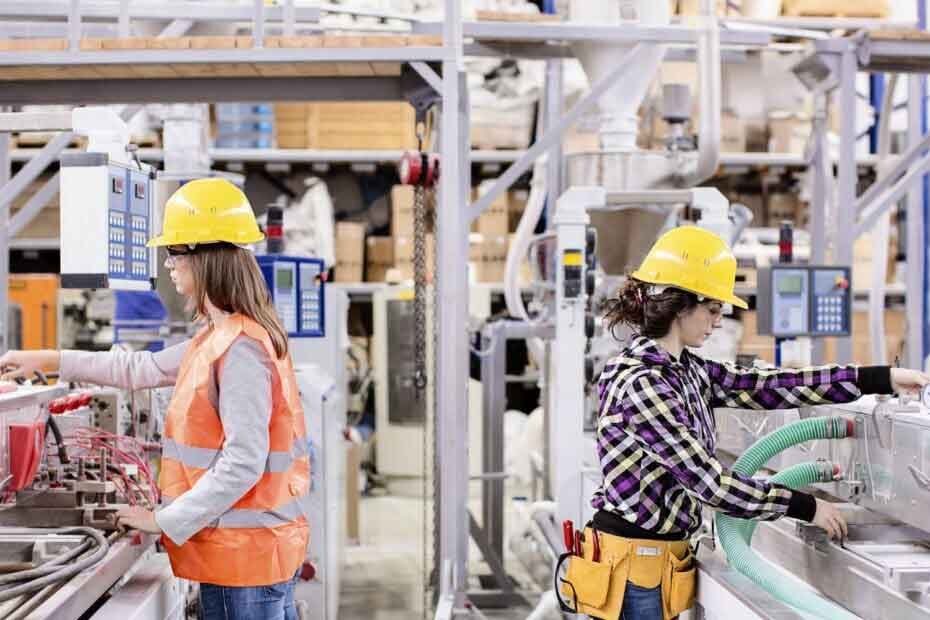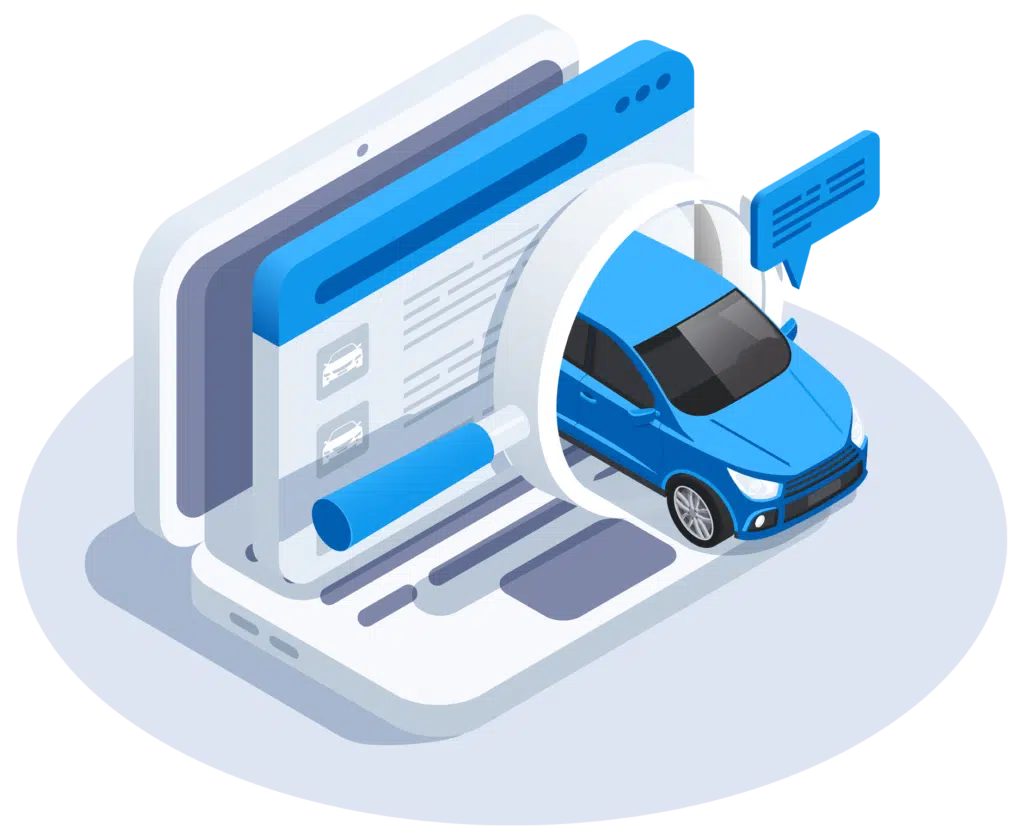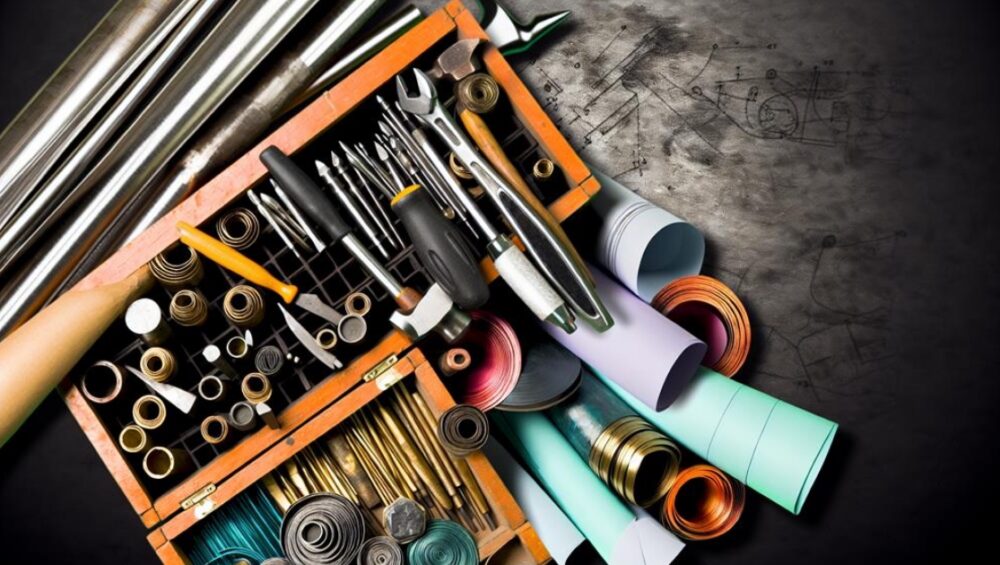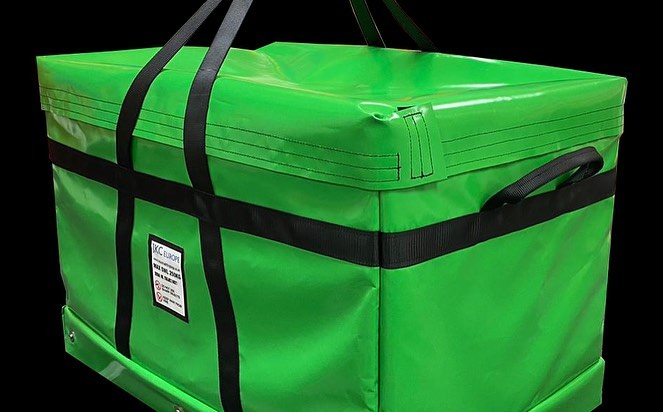Only a century after it was invented, plastic is everywhere around us – from food to fashion to the automotive industry, almost all industries and sectors found a way to make use of this lightweight, multi-purpose, and affordable material.
Although plastic was considered a symbol of modernity after its invention, that’s not the case anymore. Products made out of plastic are highly controversial today, but why is that the case?
With the material being so useful and harmful at the same time, it’s important to dive deeper into the issue and cover all the good and bad things concerning this material.
About the plastics industry
Before we focus on the pros and cons of plastic, it’s essential to look at the current state of the plastics industry. There are several independent sectors within the industry, each with unique responsibilities and goals.
Raw materials sector
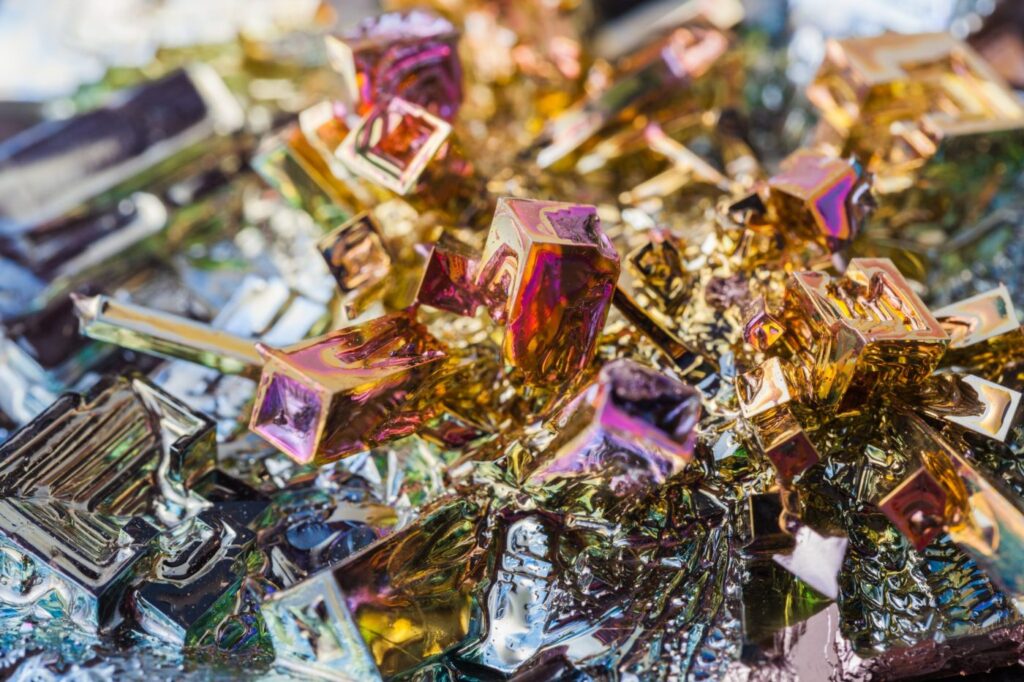
Like any other material industry, the plastic industry also has the raw materials sector. This sector is responsible for coloring and manufacturing raw material polymers, which are then used in the following stages of the process.
Machinery sector
Once the raw materials are available, it’s time to mold and shape them into functional plastic products. The machinery sector heavily relies on modern technology to complete most of the tasks, which is why companies invest in new or used plastics machinery (see machinerynetwork for that).
Processing sector
The main part of the plastics industry is connected to the processing sector. In the processing stage, raw materials are turned into finished and applicable products we use daily. Depending on the processing goal, companies use different tools, techniques, and environmental factors to achieve the desired outcome.
Whether you want to create an innovative part used in aerospace engineering or the simplest set of plastic cutlery, your choices are endless.
Recycling sector
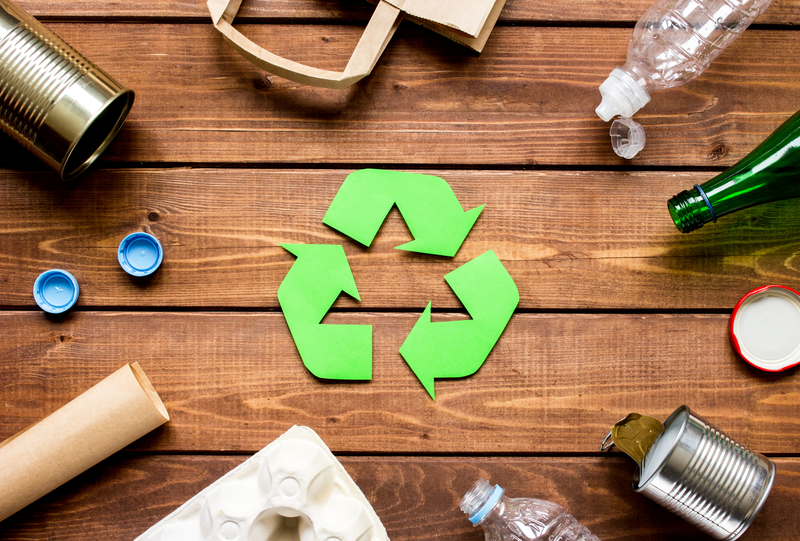
The recycling sector is the last and the newest sector in the plastics industry. It was introduced due to the increased volumes of plastic across the world, and its primary goal is to increase the sustainability of plastic products and give them a new purpose.
Popular plastic types
Some of the most commonly used types of plastic are listed below.
PET or Polyethylene terephthalate
This plastic is commonly used in the food and beverage industry. It’s sturdy but doesn’t leach into the food, which is why it’s mainly used for water bottles and food storage.
PVC or Polyvinyl Chloride
PVC plastic becomes softer once the stabilizers are added to it. As a result, it’s used to produce flexible plumbing products that can easily be molded.
Polystyrene
Also known as Styrofoam, Polystyrene works great as an insulator. It’s commonly used in cabinetry, furniture, and impact-resistant surfaces.
Polypropylene
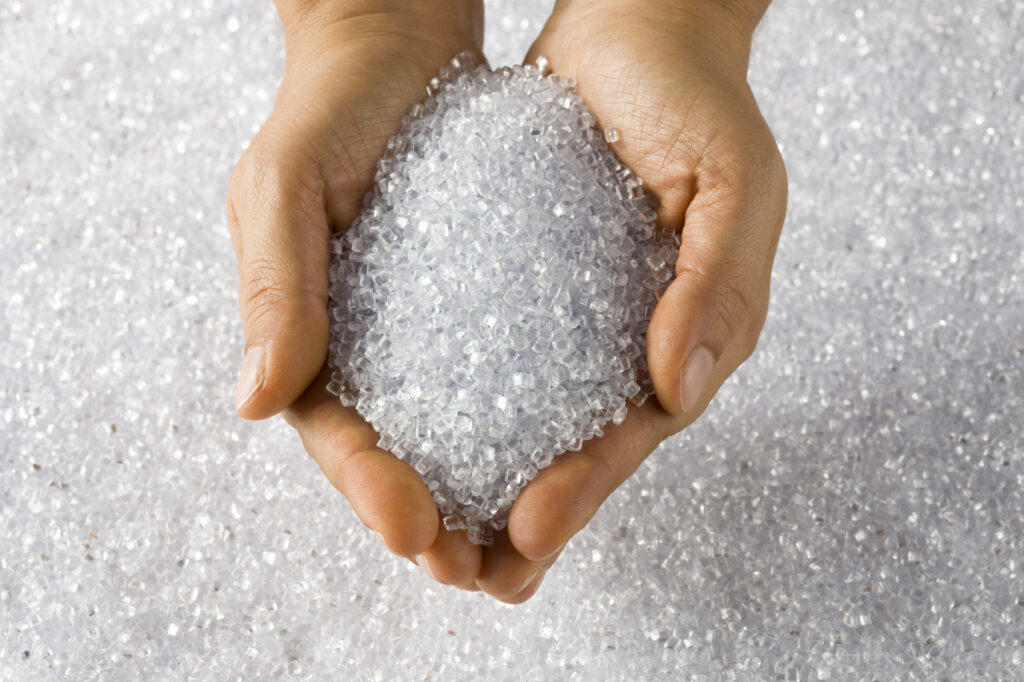
Polypropylene, or PP, is used to manufacture car trims, tubes, and bags.
Polyethylene
As one of the most widely used types of plastic, Polyethylene can be used for electrical wires, wraps, bottles, disposable gloves, and garbage bags.
Polytetrafluoroethylene
Polytetrafluoroethylene is best known for being a heat-resistant type of plastic. It creates an almost frictionless surface, while the products made from this plastic material are strong, stable, durable, and unlikely to be damaged by chemicals.
Advantages of plastics
Plastic is one of the materials with the biggest growth rate in everyday use. Additionally, plastic is one of the most widely used materials due to its numerous advantages. Let’s check out some of them.
Versatility
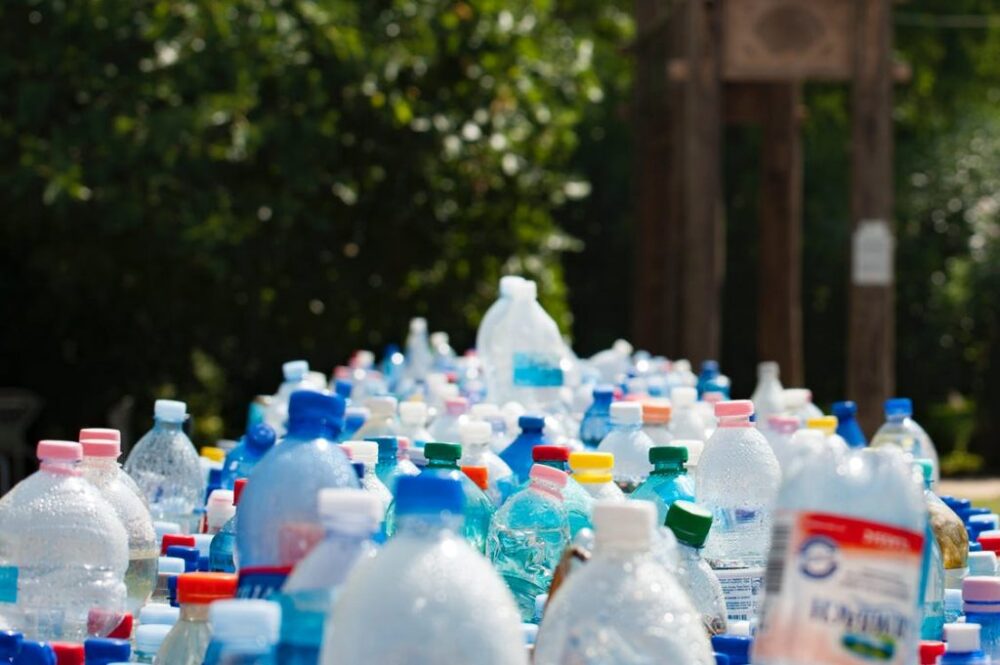
Plastic is a highly versatile material. It can come with different properties regarding flexibility, density, melting point, color, shape, and many other features. Thanks to its versatility, companies can tailor plastic materials to meet their specific technical needs.
Moreover, plastic is so versatile that it can be combined with other materials, including paper, aluminum foil, and even adhesives.
Durability
Although extremely flexible and versatile, plastic is still durable. It handles different conditions much better than some other materials, which is why it’s a popular choice for many purposes.
Resistance
Plastic’s resistance to water, chemicals, and impact make this material excellent for storing or transporting all kinds of goods. For example, the excellent safety and hygiene properties make plastic the best choice for food packaging.
Insulation
Outstanding electrical and thermal insulation properties make plastic a go-to choice for all purposes where good insulation is required.
Weight
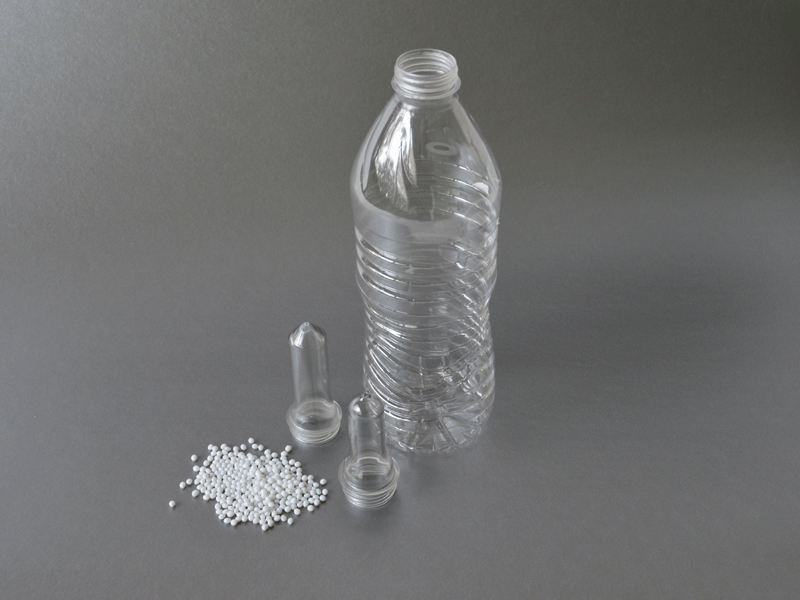
It’s difficult to find such a durable and resistant material that’s also quite lightweight. Luckily, this is where plastic excels since it combines all these features into one. A significant advantage of using lightweight materials is connected to logistics, as transporting plastic significantly reduces fuel consumption.
Cost
Finally, one of the most obvious advantages of plastic is its cost. Anything made out of plastic is much cheaper than products made from other materials, thanks to the lower production costs.
Disadvantages of plastics
Even though plastic materials have numerous advantages, we must mention some serious disadvantages too.
Use of chemicals
In most cases, the production of plastics incorporates heavy use of some strong and harmful chemicals. Plenty of these chemicals haven’t undergone an environmental risk assessment, making them potentially harmful to the environment and to human health.
Chemicals used in the production of plastics typically act as colorants or stabilizers. One example of a harmful chemical is phthalate, which is used in the production of PVC. Since many products have been made from PVC, including children’s toys, close contact with phthalate could cause harmful effects.
Environmental impact
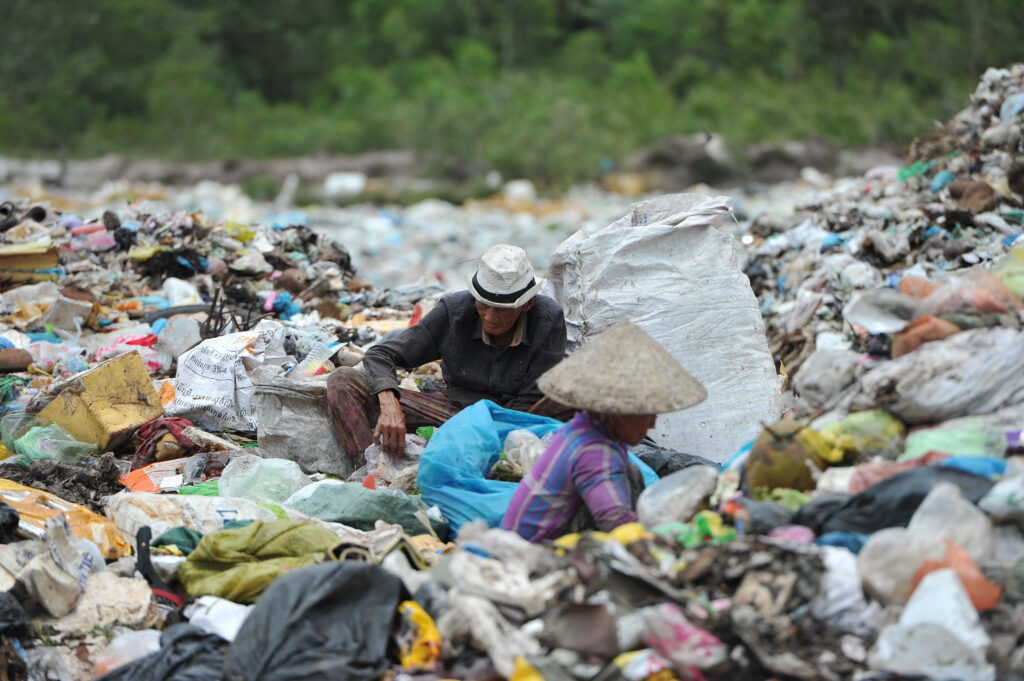
The biggest and probably the most popular disadvantage of plastic is its impact on the environment. Most plastics are non-degradable, so it takes a long time before they even start to break down in landfills.
The result of plastic’s non-degradability is the growing number of plastic-filled landfills worldwide. Plastics are slowly taking over oceans, too, since approximately 10 million metric tons of plastic are dumped into the ocean every year.
With the growing number of plastic packaging quickly disposed of, the environmental impact of plastic materials is a growing concern.
Final thoughts
It’s safe to say plastic has its own pros and cons. While the material is helping the economy with its affordable production costs and low fuel consumption during transportation, toxic chemicals, and a negative environmental impact are putting the wide use of plastics in question.
However, keeping all the benefits and drawbacks in mind, it’s important to say there’s a middle ground. By recycling and reusing landfilled plastic, we can enjoy the benefits of plastic products without contaminating our planet.

